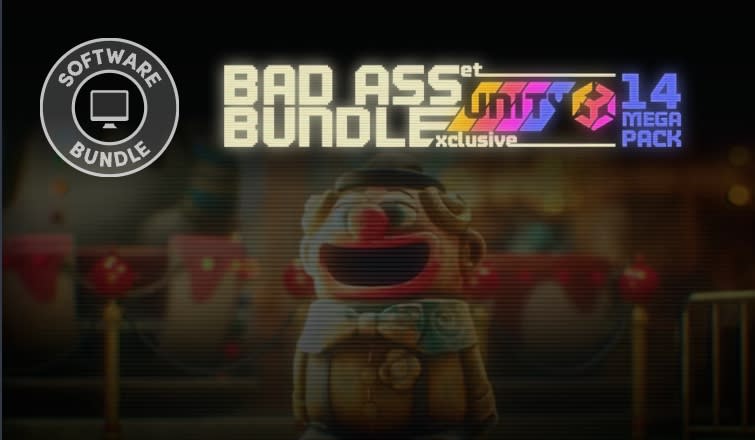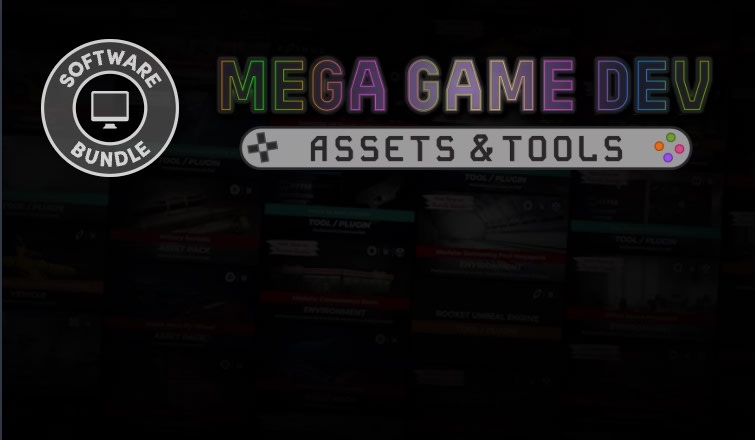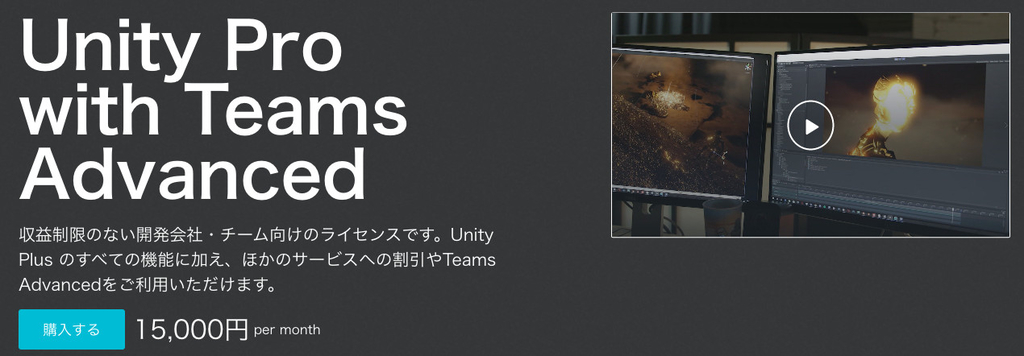
Save and load with PmPrefs as easy as never before.
Anyone who has ever had to save in Unity knows how complex that can be.
There are different methods here, one of which stands out very clearly.
This is where PmPrefs comes into play.
It has never been easier to save! Don‘t you think?
PmPrefs.Save("name", variable);
You can save all .NET objects! So for example: Bools, lists, dictionaries, arrays, etc ...
But if the saving is so easy loading is certainly complex, right?
No, there is only one difference:
PmPrefs.Load("name");
See? I agree!
You have to specify the type when loading, so for example: "int", or "List ".
And why is that soooo special?
Because PmPrefs continues to use Unity's PlayerPrefs, supporting all Untiy-supported systems.
That also without special rights on the respective terminal.
Why would you want to encrypt stored variables?
There are several reasons for that. For example, you can store passwords on the device without them being in plain text on the system.
Just imagine, someone writes an online banking app for Windows and would save the password with the PlayerPrefs, then this would be in the Window's registry in plain text. Not very good, right?
Another example would be the game development. Suppose a game has a world ranking filled with earned gold (or some other point system).
The player might come up with the idea of simply changing the value and getting an unfair advantage over the other honest players. This is particularly bitter, with an InGame payment system, and the paying players, rightly, get upset.
Exactly this is the case with the PmPrefs.
OK, that sounds good! But what about the export / import?
In every project comes the moment ... should he at least ..., in which one tests the functions.
Again, a practical example: In a role-playing game with 20 hours of playing time, the developer is just about to design the final boss and his reverend.
But you do not always want to start from the beginning, but create a memory stand and be able to load it again and again.
That's also useful when working on several things to change the state. So you can for example first load the “Endboss-Export” and then test it, then load the “TutorialEnde-Export” stand and continue working there, or testing.
That's a lot! How do I know how exactly everything works?
Do not worry, it is really very simple and after one or two times you have the shoot out without any documentation!
PmPrefs from ProjectMakers is currently the best way to save and be a must for any Unity project in Unity.
http://projectmakers.de







